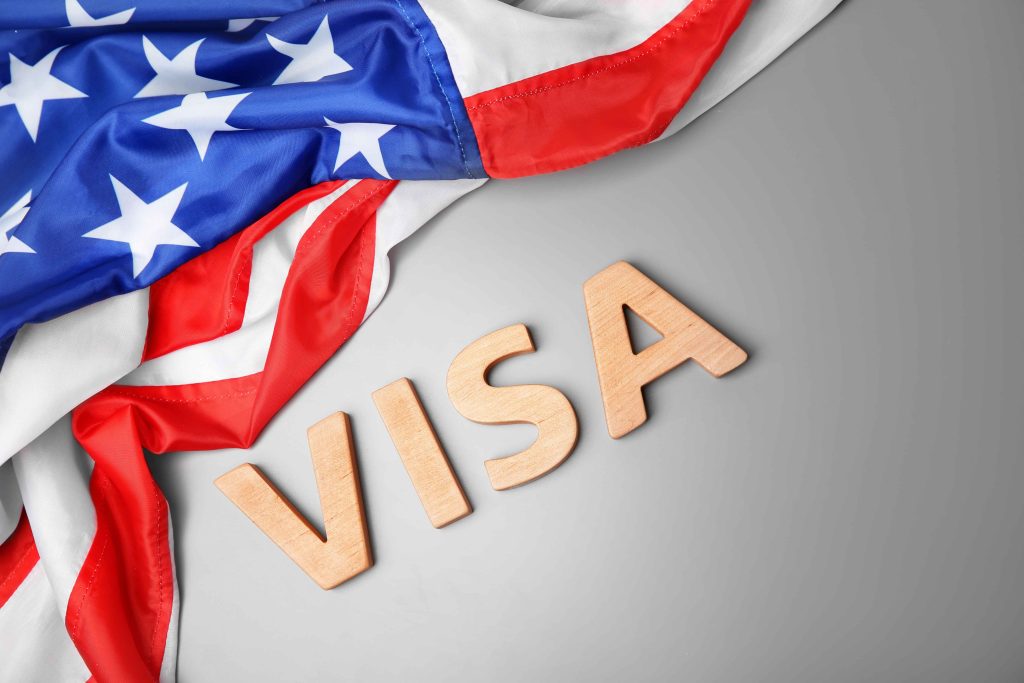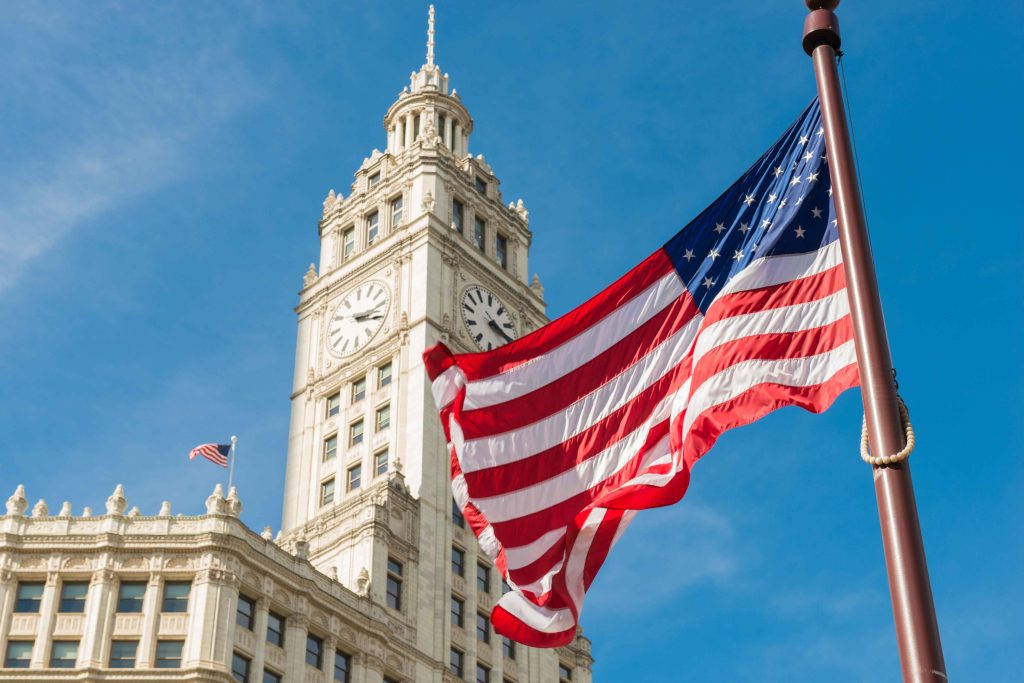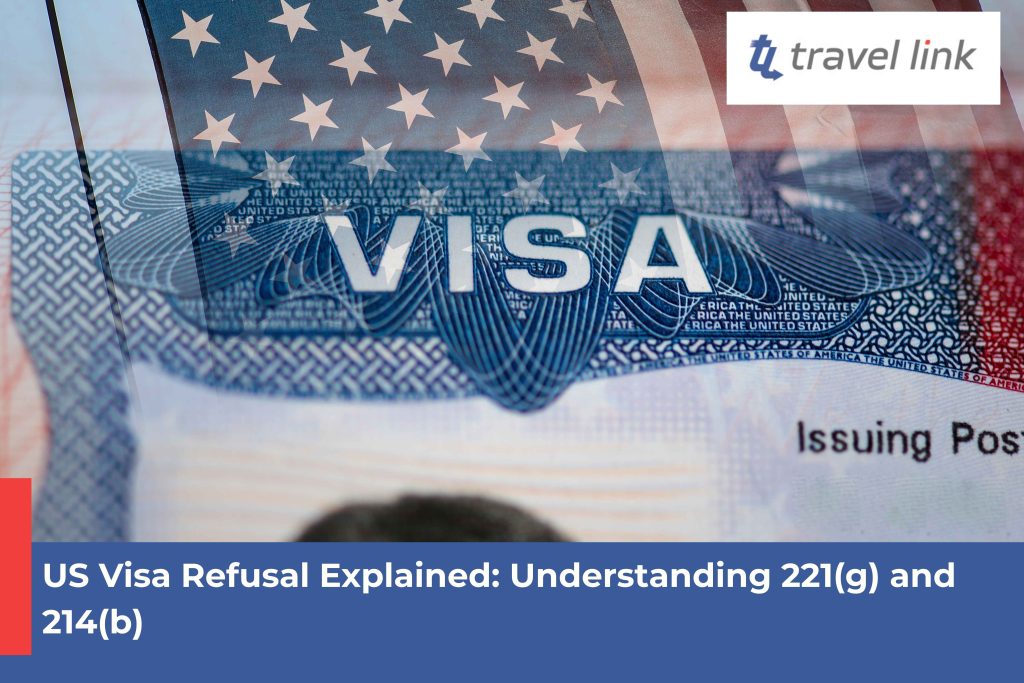Understanding US Visa Refusals: 221(g) vs 214(b) Explained
If you’ve applied for a US visa from India, receiving a refusal notice can be stressful and confusing. Many applicants are unsure about what the notice means for their travel plans. To clarify, the US Embassy in India explains the two most common visa refusal categories: 221(g) and 214(b). While both indicate that a visa has not been issued, the reasons and next steps differ significantly. Understanding these distinctions can help applicants plan effectively for future applications.
What is a 221(g) Refusal?
A 221(g) refusal does not necessarily mean your visa application is denied. It simply means the application is temporarily on hold. This can happen for two main reasons:
- Incomplete documentation – Some required paperwork may be missing.
- Further administrative processing – The application requires additional review before a decision can be made.
When this occurs, the consular officer provides a notice detailing what documents are needed or why further checks are required. Applicants may need to submit additional information or wait while the embassy completes administrative processing.
Key point: A 221(g) is a temporary pause, not a final denial. Once all required documents are submitted and the review is complete, the visa may still be approved. Most cases must be resolved within one year, after which the application may be closed if not completed.

What is a 214(b) Refusal?
In contrast, a 214(b) refusal is final for that particular application. It indicates that the applicant failed to demonstrate eligibility for the visa. Common reasons include:
- Inability to prove strong ties to your home country, such as employment, family, or financial commitments.
- Concerns about the intent to return to the home country after travel.
- Doubts regarding the purpose of the visit.
Unlike a 221(g), submitting additional documents cannot overturn a 214(b) refusal. Applicants who receive this refusal must file a completely new application, pay the visa fee again, and attend a fresh interview if they wish to reapply.
Why Understanding the Difference Matters
For applicants, especially in countries with high visa demand like India, knowing the difference between 221(g) and 214(b) is essential:
- 221(g): Can be resolved with patience and proper documentation.
- 214(b): Requires starting the visa application process from scratch.
Clear understanding helps manage expectations and reduces stress during the visa process.

Tips for a Successful US Visa Interview
To minimize the risk of a visa refusal:
- Be clear about your travel purpose – Provide consistent explanations and supporting documents.
- Show strong ties to your home country – Employment, family, property, or financial commitments are important.
- Prepare all required documents in advance – Avoid delays or 221(g) holds due to missing paperwork.
Receiving a refusal notice can be discouraging, but remember: a 221(g) is a temporary delay that can lead to approval, while a 214(b) requires starting over. Proper preparation and understanding of these categories can significantly improve your chances of a successful US visa application.
